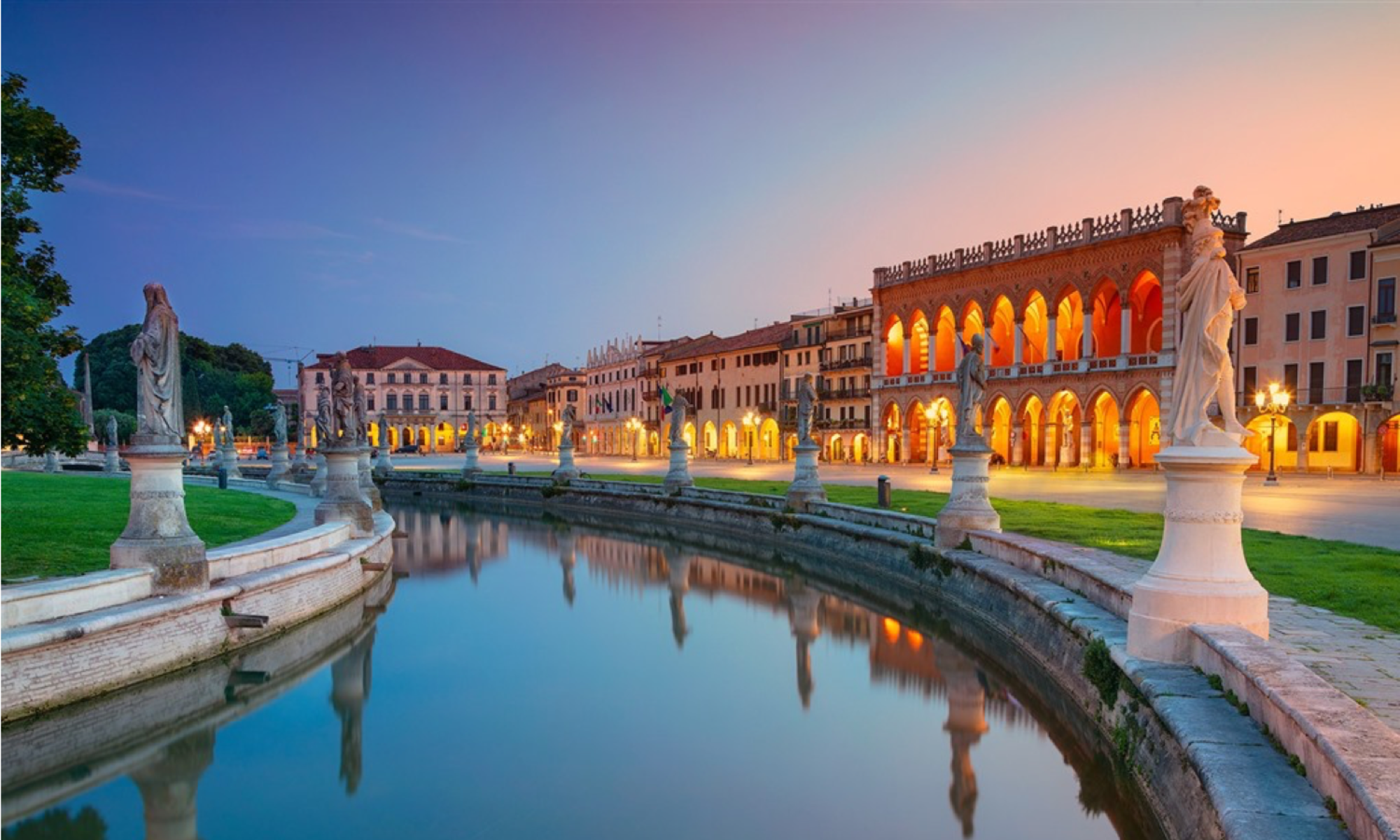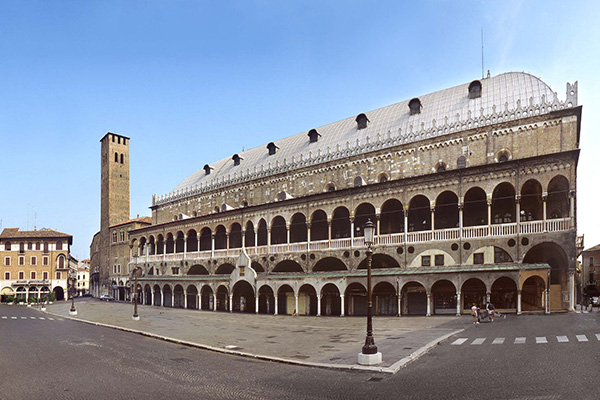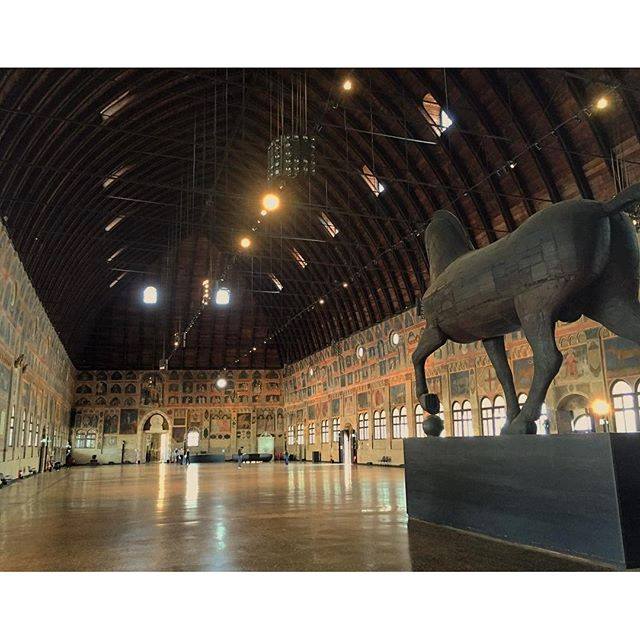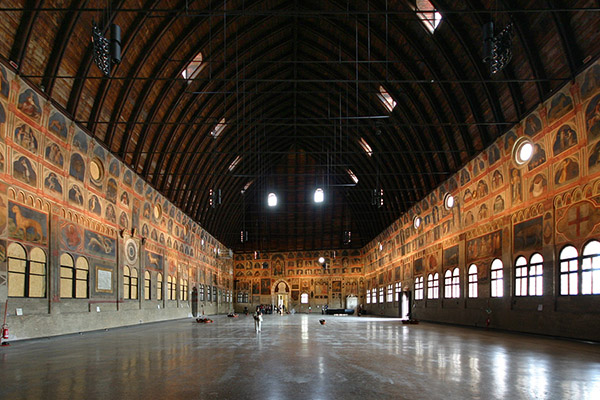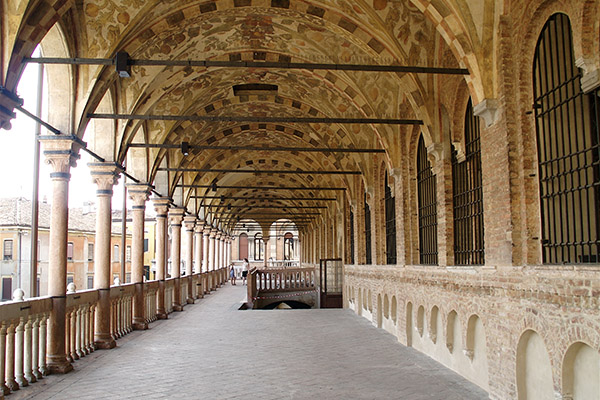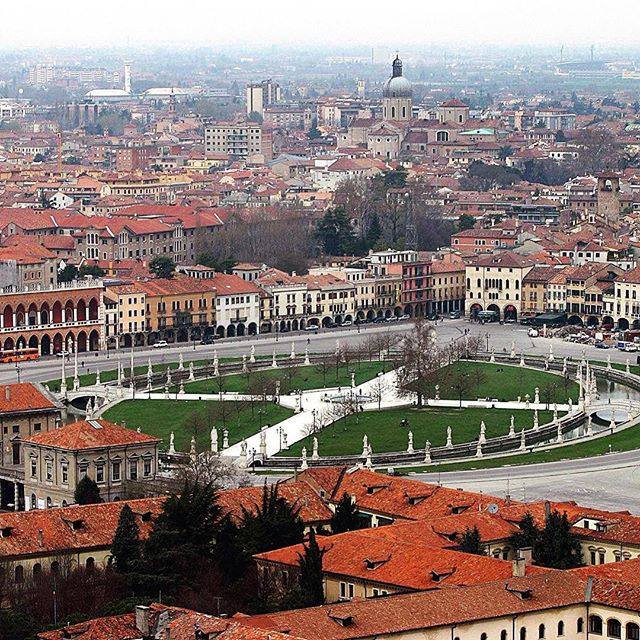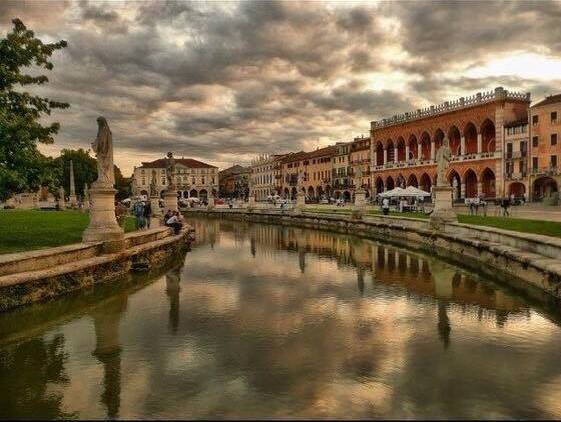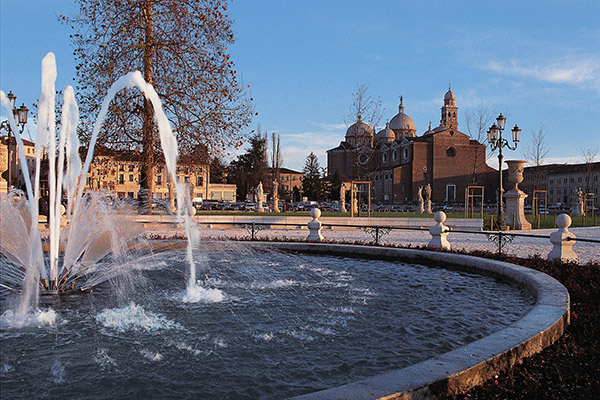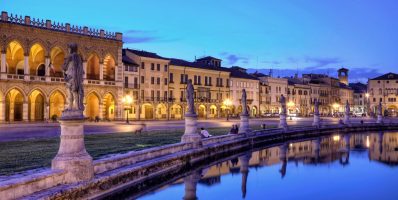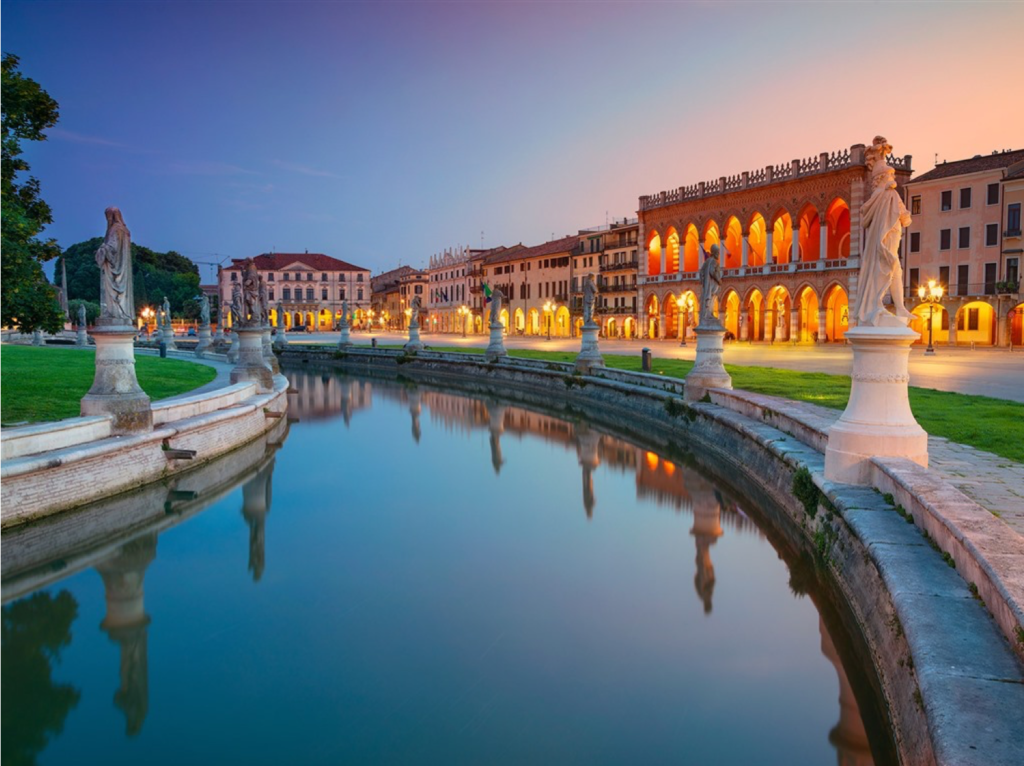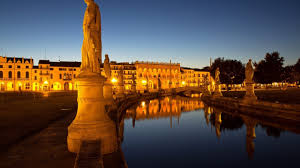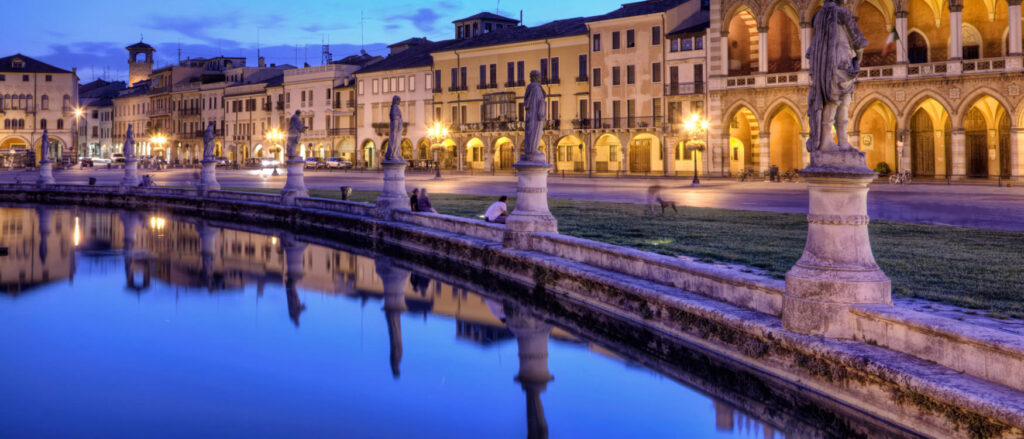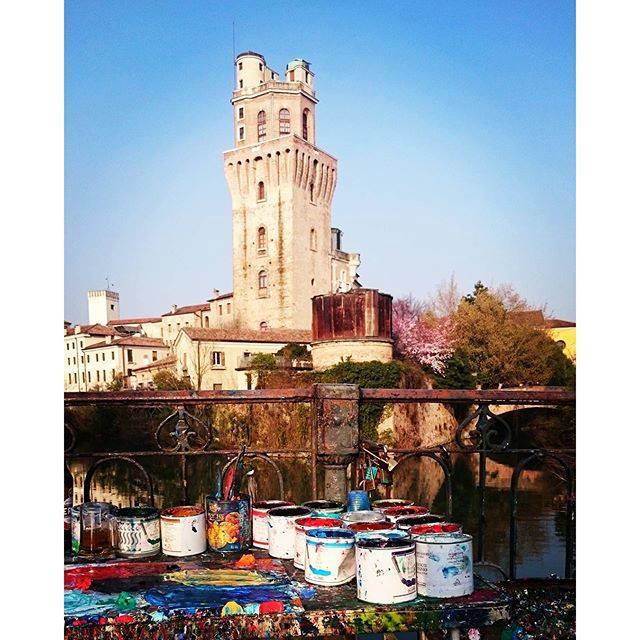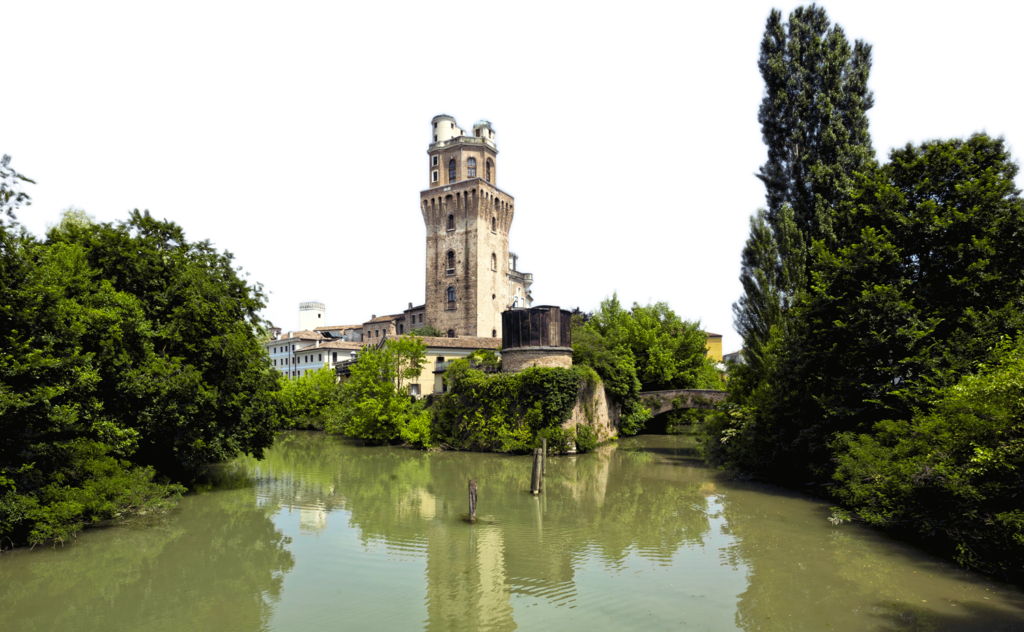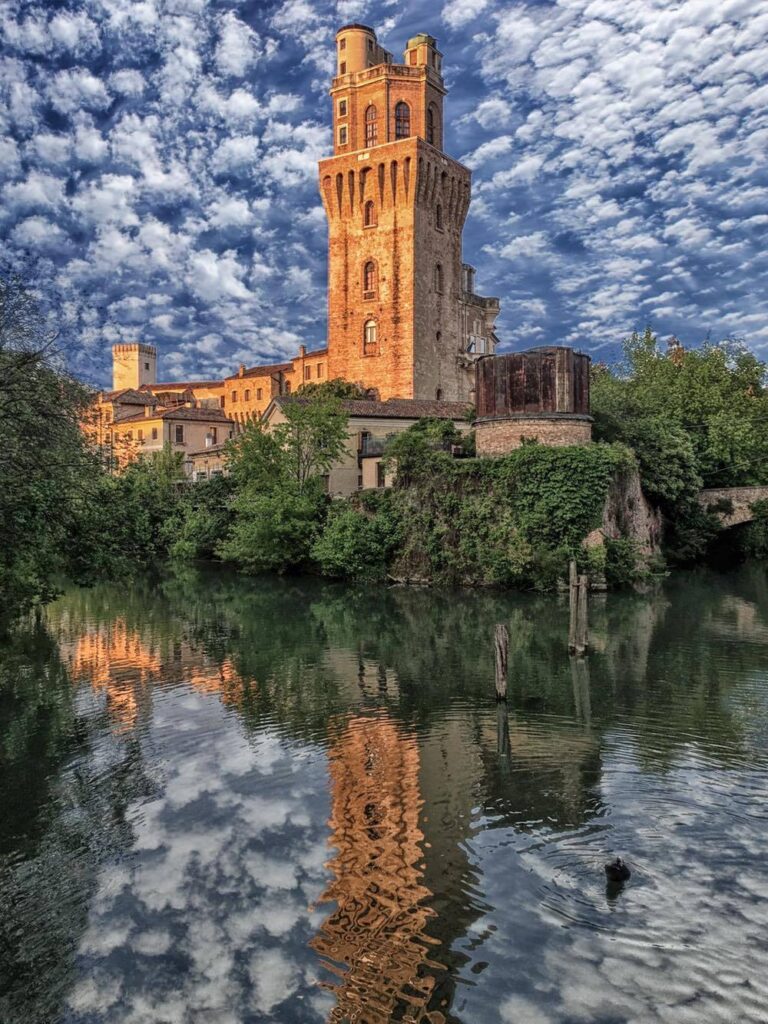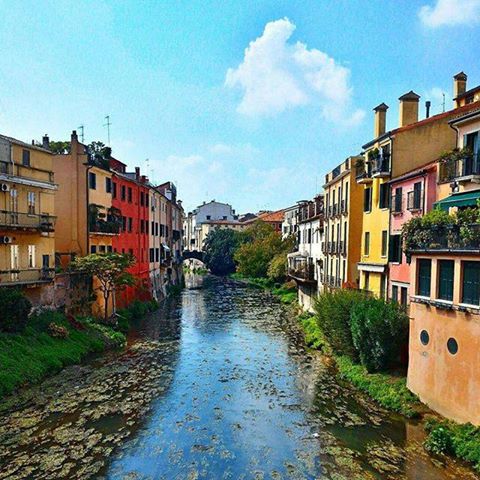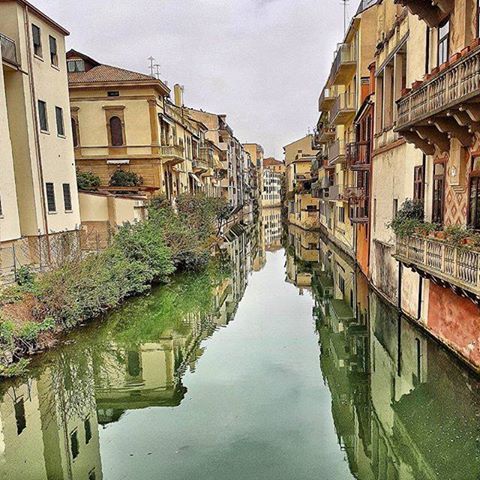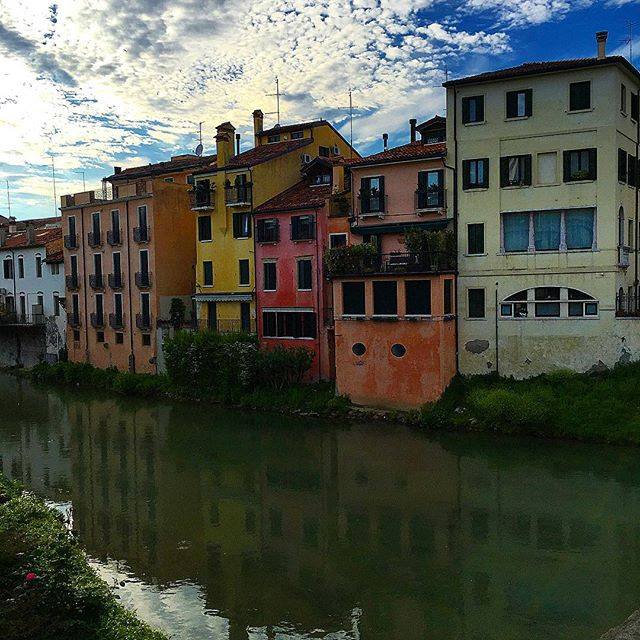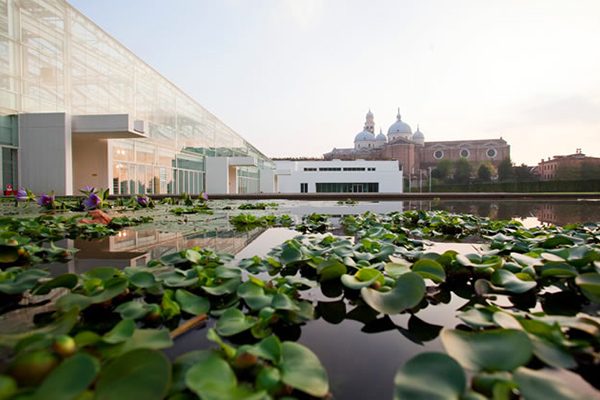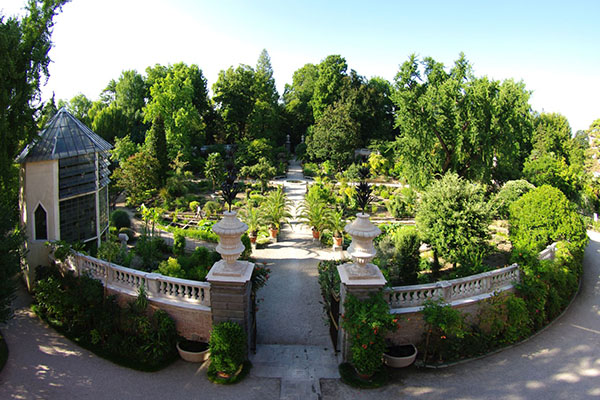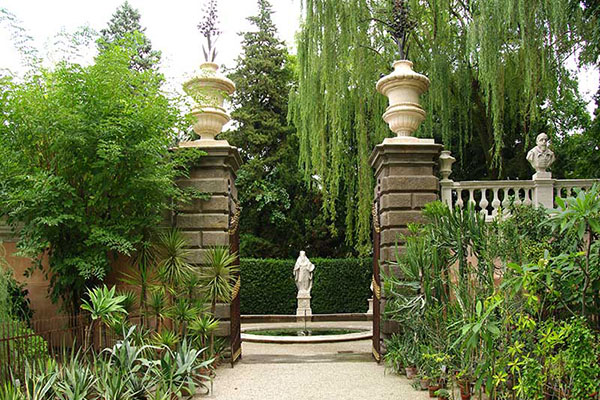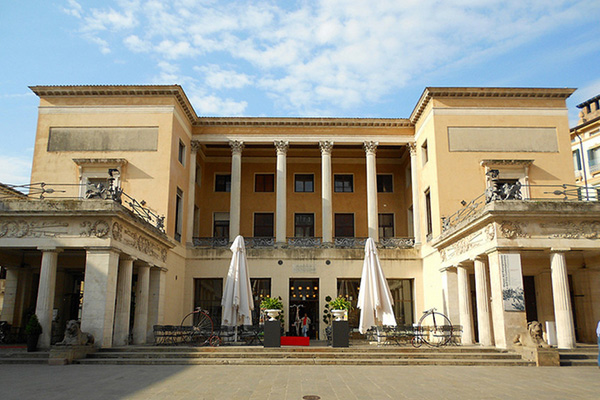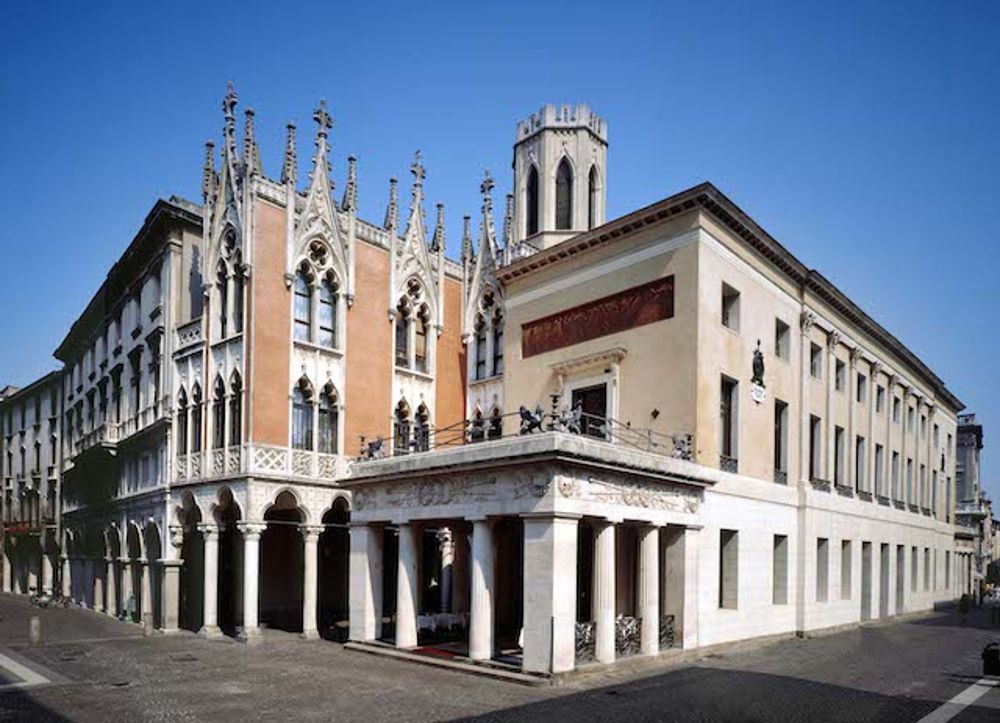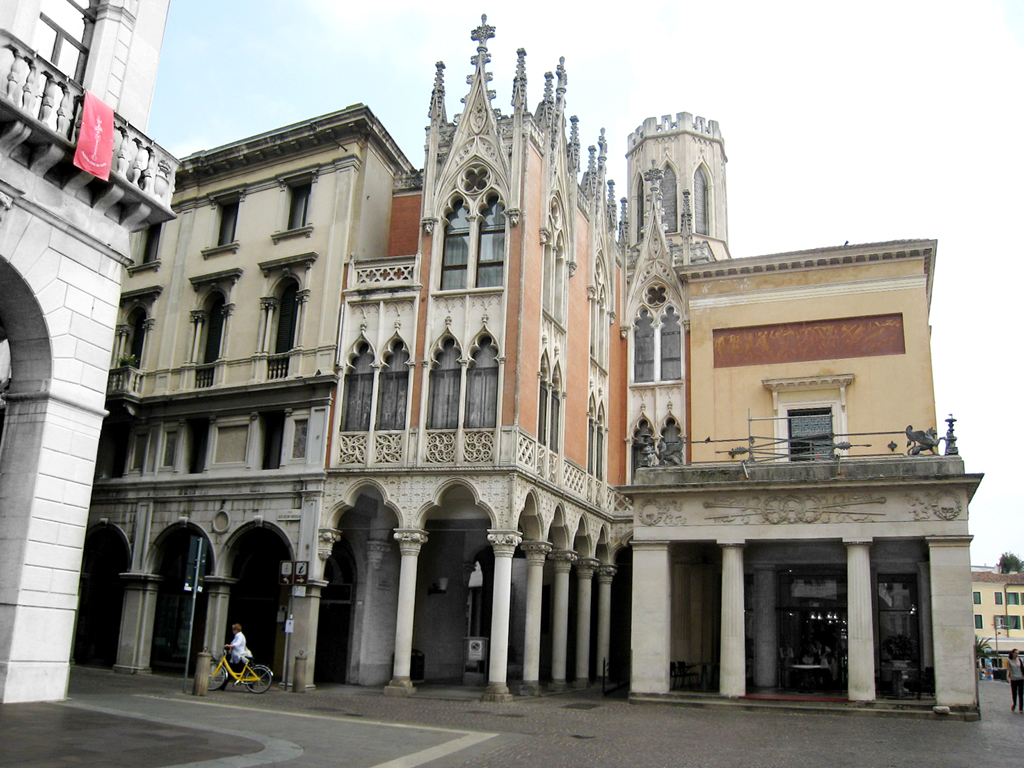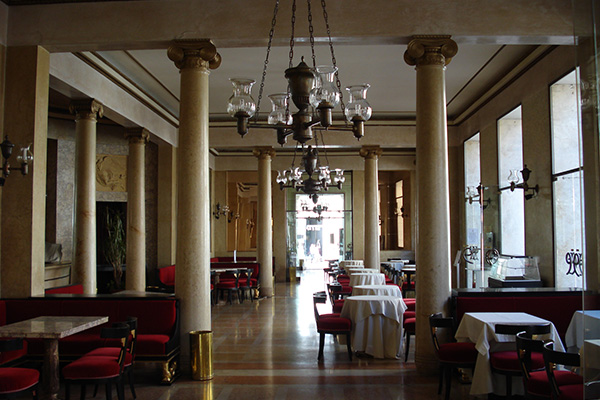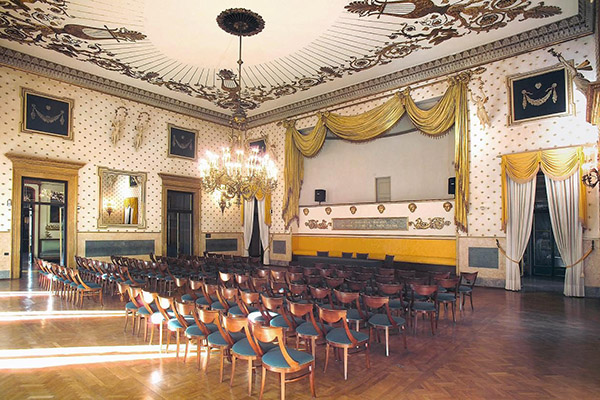Stunning Views!
Curious and magnificent views open into secret places of the city. Walking through the city you may encounter splendid glimpses of admirable beauty.
Going from meeting to meeting, be careful around you and keep your eyes open!
Palazzo della Ragione
The construction of this enormous building – the Palace of Reason, or simply Il Salone (Great Hall) – was begun in 1218. Originally conceived as the civic and economic centre of the city, its upper floor was used as a court of law until the fall of the Venetian Republic in 1797.
Prato della Valle
The largest square in Padova and perhaps in the whole of Europe. The architect Andrea Memmo, worked on a grand scale, and created first an elliptical island surrounded by a canal, crossed by two avenues with obelisk-decorated bridges spanning the canal and a fountain in the centre; lastly, he surrounded the whole with 78 (originally 87) statues of famous figures of antiquity. This grand space is now a great centre of attraction with its highly popular Saturday market.
The “Specola”
The Specola di Padova is the seat of the ancient astronomical observatory of the University of Padua: it is located on the “Torlonga”, the larger of the two towers of the ancient Castle of Padua. It is 49.59 meters high and has 252 steps
The “Piovego” Canal
The Piòvego canal is an artificial canal emissary of the Bacchiglione, 10.17 km long; in past centuries it was an important communication route between Padua and Venice. The name derives from the Latin publicum, and therefore indicates a public channel used for navigation.
It passes next to the University area.
The Padua Botanical Garden
The botanical garden of Padua was founded in 1545 and is the oldest botanical garden in the world still in its original location. Located in an area of about 2.2 hectares, it has been a UNESCO World Heritage Site since 1997.
In October 2014, the new wing of the botanical garden, called “Biodiversity Garden”, was inaugurated.
Cafe Pedrocchi
Caffè Pedrocchi was completed in 1831. Since its foundation, students were able to meet in the Sala Verde (Green Room) without having to buy drinks. One wall of the adjacent Sala Bianca (White Room) has a bullet hole left by an Austrian rifle during the student riots of 1848, recalling the originally highly animated atmosphere of this coffee-house, a meeting point for students and professors.
Other Historical Monuments
Each chronological phase lived by the city of Padua has left tangible manifestations in as many salient and characteristic places, starting from the Roman Arena, passing through the various walls, medieval towers, palaces of noble age, churches and other places of worship (Christians and non-Christians), symbolic buildings of civil power, temples of culture (the Bo), up to expressions of avant-garde architecture, such as, for example, the monument of Daniel Libeskind to the fallen of the Twin Towers in New York.
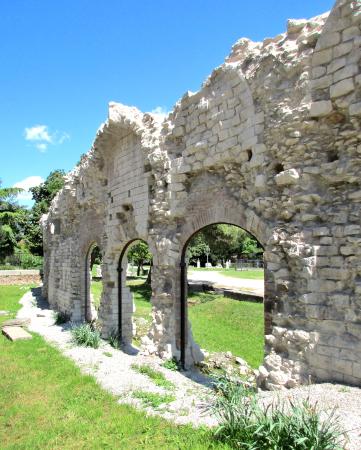
Walls of Roman Arena 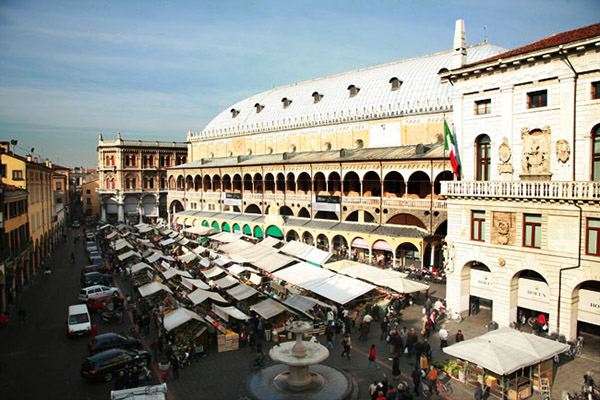
Market of Erbe Square 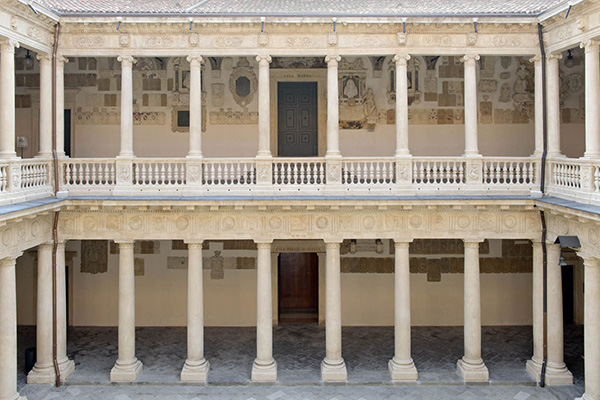
Palace “Bo” – Courtyard 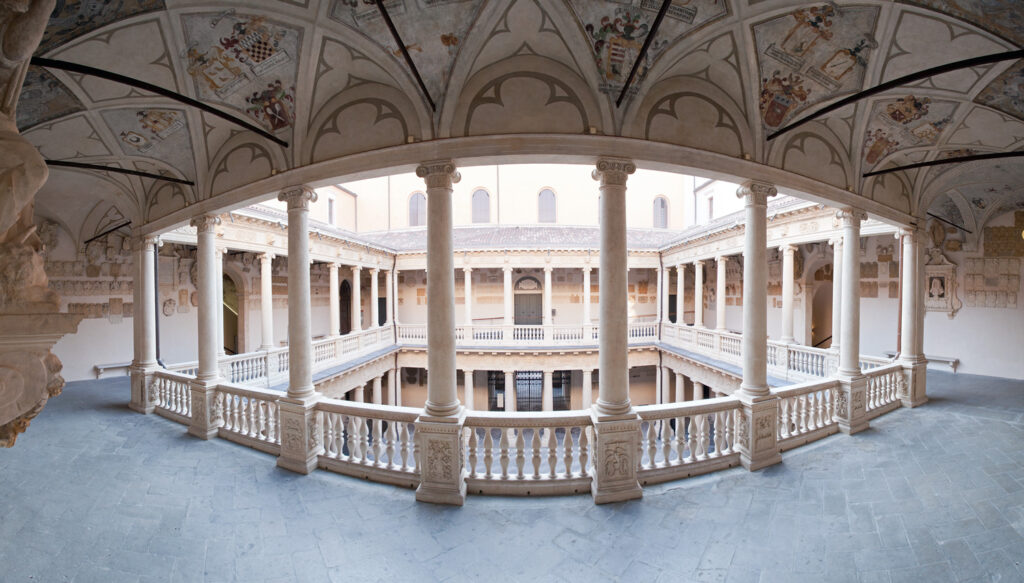
Palace “Bo” – Courtyard 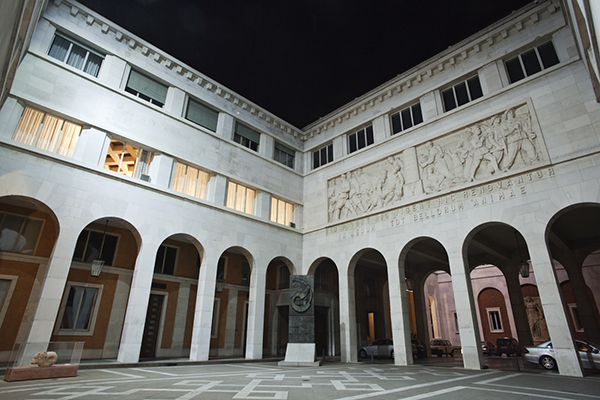
Palace “Bo” 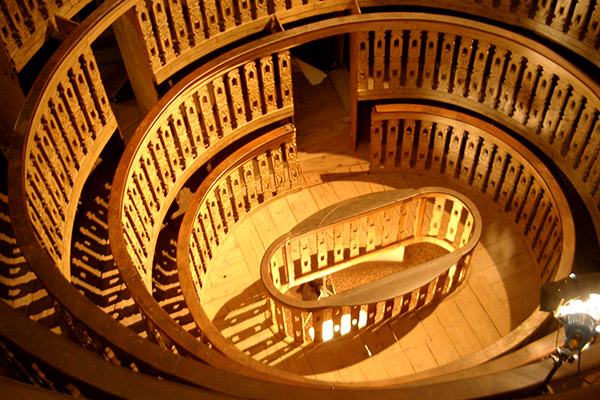
Teatro Anatomico 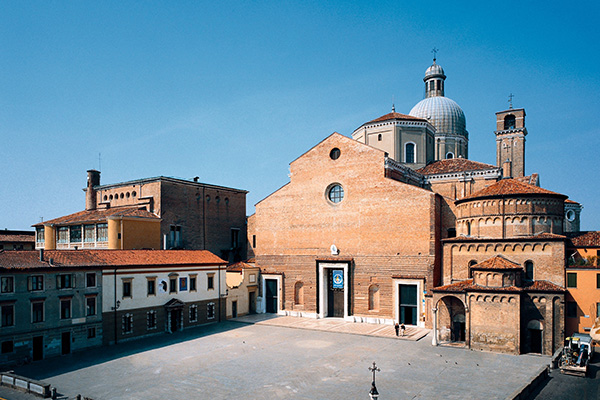
Duomo 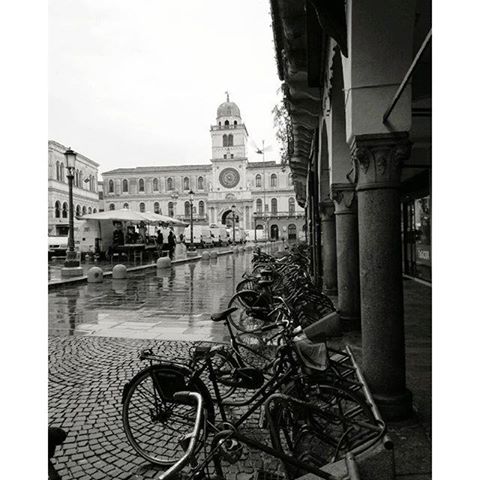
Signori Square 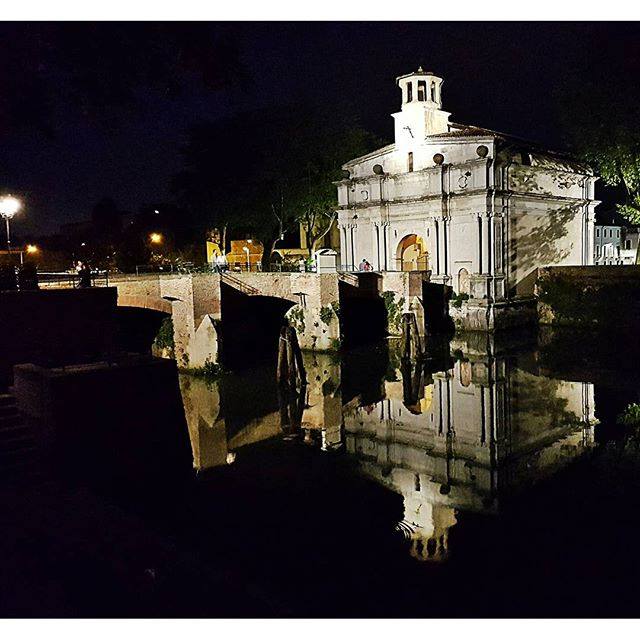
Port “Portello” 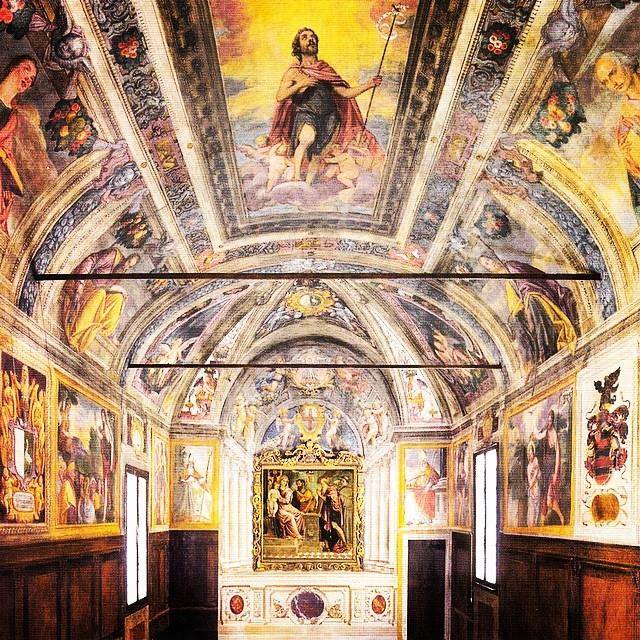
Moroni Palace 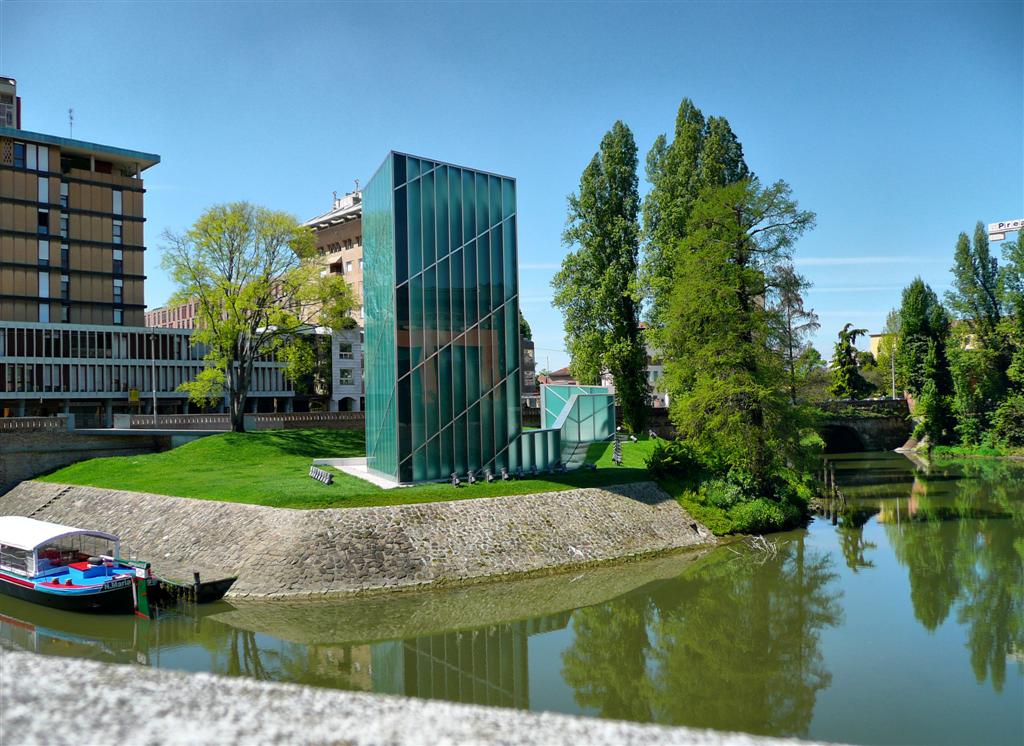
Monument to the Twins Towers 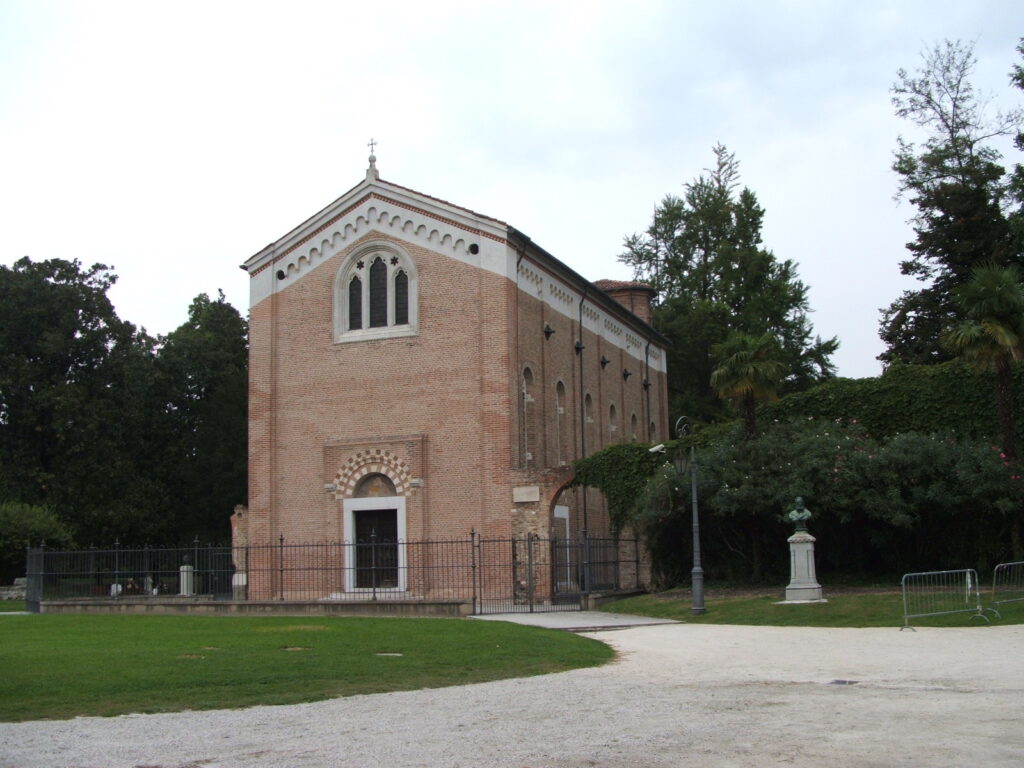
Scrovegni Chapel 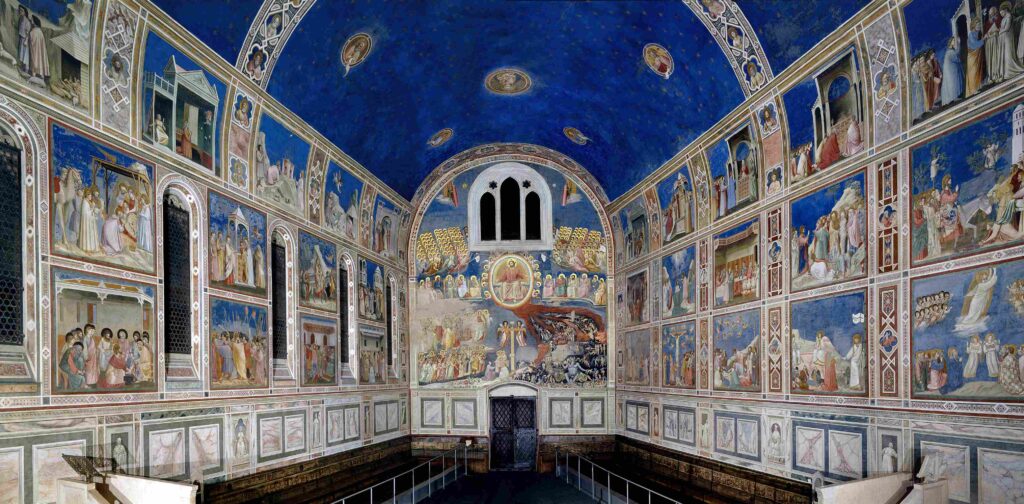
Scrovegni Chapel 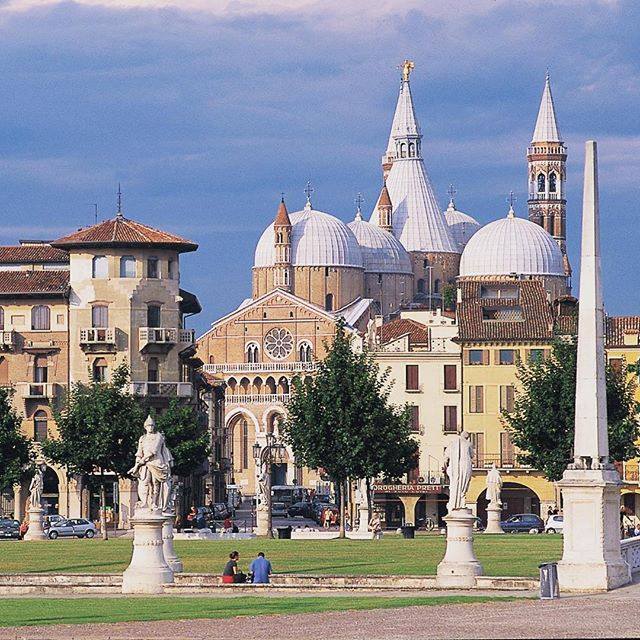
Santo 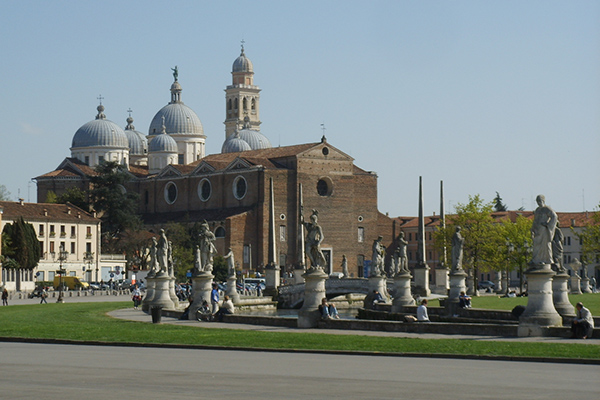
Santa Giustina
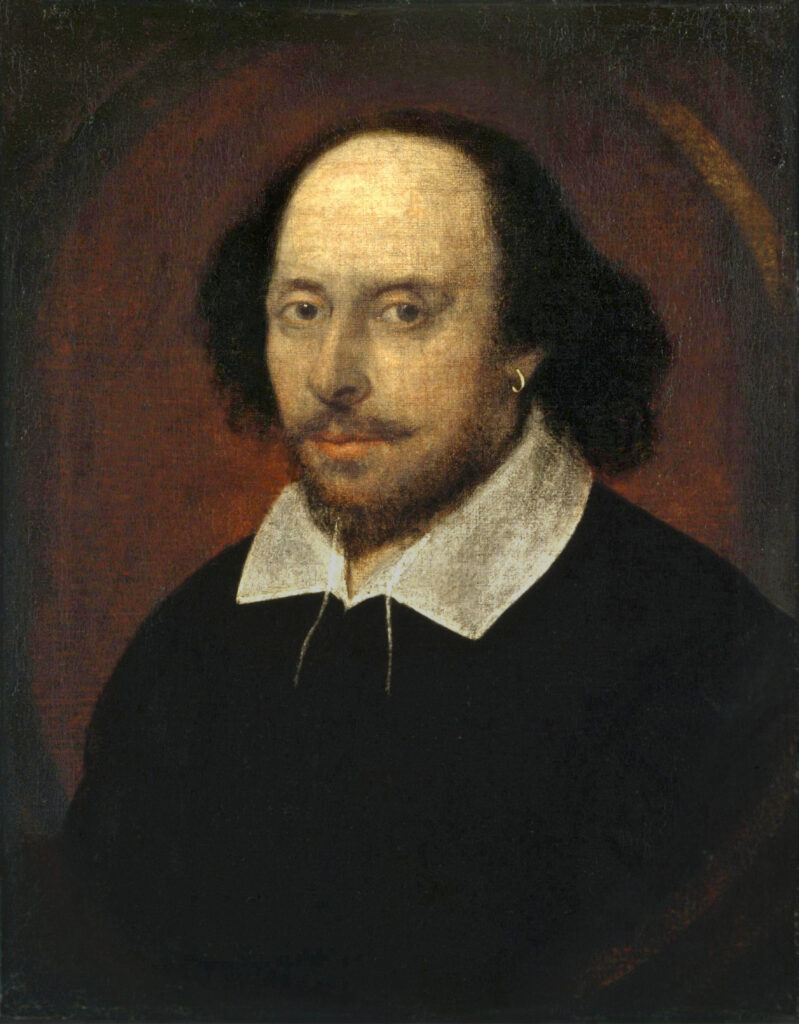
“For the great desire I had to see fair Padua, nursery of arts, I am arrived… and am to Padua come, as he that leaves a shallow plash to plunge in the deep, and with satiety seeks to quench his thirst.”
William Shakespeare
